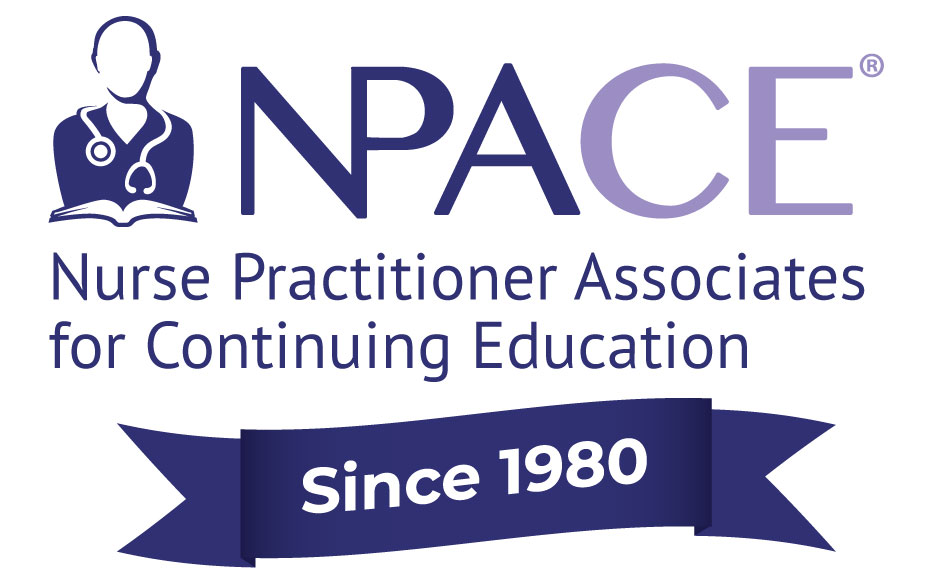
Take Care of Yourself to Better Care for Others
By: Indira Maurer, DNP, MSN, FNP-C
We can all agree that assessing our patients’ stress level is important. Providing resources and suggestions for ways in which to manage their stress is essential. Yet, do we as providers identify our own stress? Do nurse practitioners acknowledge their own need for stress management? Stress is the very backbone of provider burnout, but do we see the signs to recognize when burnout is setting in? Burnout is a state of physical and/or emotional exhaustion that may be accompanied with a reduced sense of accomplishment and loss of personal identity.4 This can ultimately affect physical and mental well-being. Approximately 65% of nurse practitioners reported feeling burned out and/or depressed.1 So, what drives us to this?
There are key factors at the root of burnout4:
• Lack of control in the workplace – The inability to weigh in on decisions that affect
your schedule, clinical assignments, or workload.
• Unclear job expectations – Vague level of autonomy.
• Dysfunctional workplace dynamics – Working with difficult people or dealing with
workplace conflict.
• Constant overstimulation – Job or setting that requires constant energy to remain
focused.
• Lack of social support – Workplace isolation or lack of resources / support throughout
the workday.
• Work-life imbalance – Inability to make time for or prioritize other areas such as
family, physical fitness, etc.
There are a few risk factors that we may want to be aware of that may contribute to
burnout4:
• Long work hours
• Increased workload / on the job responsibilities
• Difficulty maintaining work-life balance
How do we know when the stress is just too much? Symptoms that may present when
burnout is setting in are3:
• Mental, emotional, and/or physical exhaustion
• Mood fluctuations
• Lack of motivation
• Feeling negatively towards workplace
• Frequent illness
• Feeling social disconnection from those around you – this may lead to social
withdrawal
• Difficulty concentrating
• Underperformance at work or other responsibilities
• Insomnia
As providers, we are fortunate enough to know various strategies for stress reduction. Many of these same interventions that help manage existing stress may also be crucial towards preventing chronic stress and burnout. The focus of stress reduction is on self-care while also examining factors in the workplace that may need to be addressed.
Here’s what we can do to avoid stress and burnout3:
• Maintain a well-balanced diet
• Exercise regularly
• Proper sleep hygiene with adequate sleep
• Look for ways to help relieve stress – socialize with friends and/or family, meditate,
journaling, etc.
• Spend time on something enjoyable – painting, playing an instrument, reading, etc.
• Don’t be afraid to tap into your support system – seek help from family, friends, and
colleagues.
• Ensure your work schedule is conducive to work-life balance.
• Focus on developing your relationship with your colleagues –
Effective communication, offer support, demonstrate your willingness to serve as part of the team.
• Examine your workplace workflow and identify ways to make days easier and more
efficient for you and your colleagues.
• It may be time to consider a change in your career. Perhaps a change in clinical
focus area may offer a fresh start. Maybe an area within the medical field such as
travel care or medical writing may offer a tolerable work pace.
As nurse practitioners, we are tasked with filling in the gaps in health care with the provision of exceptional care. The pressures that come with patient care may certainly lead to long-term stress and burnout. It is imperative that we take the time to examine our reactions to our workplace stressors and apply the advice we so frequently offer our patients. We must take the time to care for ourselves to better care for others.
References:
1. Nelson J. Overworked, Stressed, and Sad: Medscape Nurse Practitioner Burnout &
Depression Report 2023. Medscape.
2. Abraham CM, Zheng K, Norful AA, Ghaffari A, Liu J, Poghosyan L. Primary care practice
environment and burnout among Nurse Practitioners. The journal for nurse practitioners :
JNP. February 2021.
3. 5 practical ways to recognize burnout and 5 ways to avoid it as a nurse practitioner – osmosis
– a better way to learn. Osmosis. February 16, 2023.
4. Know the signs of Job Burnout. Mayo Clinic. June 5, 2021.zzzzzz
